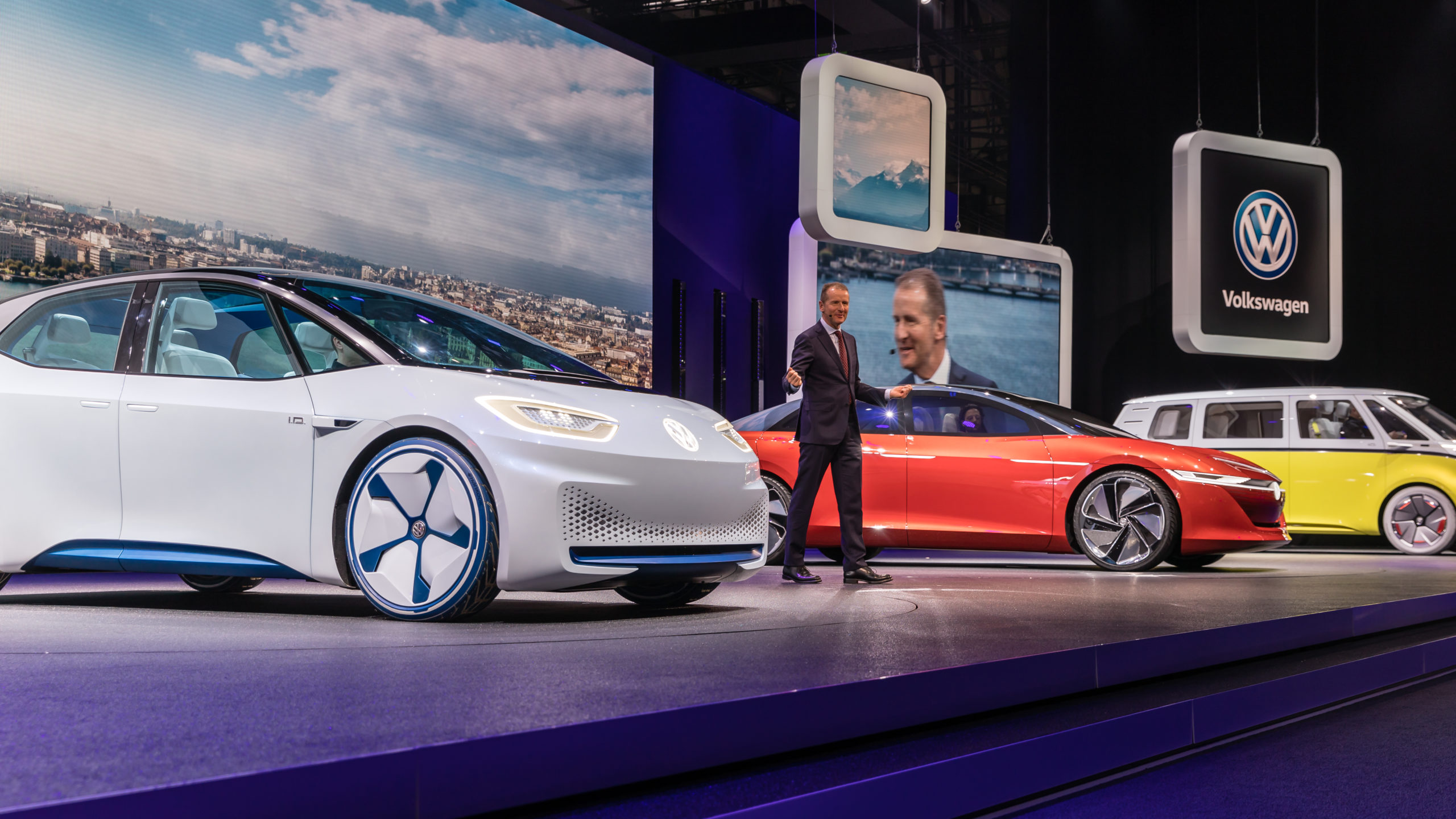
The automotive industry is undergoing a transformative shift with the rise of electric vehicles (EVs), like Teslas, known for their lower maintenance needs compared to traditional gas-powered cars. By understanding these maintenance differences, car owners can gain valuable insights that will enhance their appreciation for their vehicles and guide their upkeep decisions.

1. **Minimal Routine Maintenance**: Electric vehicles have dramatically reduced maintenance requirements when compared to gas-powered cars. With fewer moving parts and no engine oil to change, EV owners can enjoy a hassle-free experience. Tesla highlights this by stating that their vehicles “eliminate the need for service.”

2. **Fewer Fluids to Maintain**: Gas-powered vehicles demand a variety of fluids, such as engine oil, transmission fluid, and coolant, to operate effectively. In contrast, EVs primarily rely on electricity, which significantly reduces the number of fluids that need regular checking and maintenance, making life easier for drivers who often feel overwhelmed by the extensive maintenance routines of traditional vehicles.

3. **Breakthrough Regenerative Braking**: One of the standout features of EVs is their regenerative braking system, which captures energy during braking and uses it to recharge the battery. This innovative technology not only conserves energy but also reduces brake wear significantly. As a result, EV owners find themselves replacing brake pads far less frequently than their gas-powered counterparts, making maintenance even easier.

4. **Battery Life and Maintenance**: Although EVs require less routine maintenance, battery care is crucial. EV batteries come with warranties, typically lasting 8 years or 100,000 miles, assuring owners of their longevity. However, it’s recommended to regularly check the battery’s health and ensure that it’s operated within safe parameters to maximize its life.

5. **Cost Savings on Maintenance**: Over a five-year ownership period, EV drivers typically spend an average of $4,246 on maintenance, in comparison to $4,583 for gas vehicles. This notable cost difference accumulates over time, positioning EV ownership as a more economical choice for savvy car buyers in the long run.

6. **Software Updates and Diagnostics**: Tesla and other manufacturers have integrated advanced software capabilities into their vehicles, allowing for over-the-air updates that enhance performance and address potential maintenance issues. This tech-savvy approach means that many problems can be resolved remotely, reducing the need for physical visits to the service center.

7. **Unique Repair Considerations**: While EVs generally require less maintenance, their repairs can present unique challenges. The sophisticated technology and high-voltage systems inherent in electric vehicles often necessitate specialized expertise and equipment for repairs, which may result in longer wait times. It’s crucial for EV owners to understand this aspect of maintenance, especially as the demand for trained EV technicians is on the rise.

8. **Tire Maintenance**: Tires on electric vehicles can wear out differently due to the unique weight distribution from the battery packs and the quicker acceleration capabilities. EV tires are designed to handle these factors, but they may need to be replaced more frequently than those on gas-powered vehicles. Regular inspections and replacements are key to maintaining optimal performance and safety.

9. **Safety Standards and Emergency Response**: It’s important to note that electric vehicles must meet rigorous safety standards, similar to their gas-powered counterparts. EVs come equipped with high-voltage systems that require extra attention during accidents or emergencies. First responders are trained to handle these situations, ensuring that safety remains a priority for all vehicle types.

10. **Long-Term Ownership Insights**: Gaining insights into the long-term ownership experience of an EV is vital for prospective buyers. As these vehicles gain popularity, educating consumers about the distinctive maintenance needs and potential costs—such as future battery replacements—is essential. Being well-informed empowers EV owners to prepare adequately for their vehicle’s future requirements.

11. **Cooling System Checks**: The cooling systems in EVs are vital for preserving battery longevity. Unlike traditional gas-powered cars with standard radiator systems, many electric vehicles utilize liquid cooling to manage battery temperatures. Regular monitoring of coolant levels and the overall integrity of the cooling system is crucial to avoid overheating, which can cause severe performance issues.

12. **Body and Chassis Care**: While the mechanical components of EVs require less frequent attention, owners should not neglect the body and chassis. Regular washing and waxing protect the paint and prevent rust, particularly for those living in areas with harsh weather conditions. Keeping the undercarriage clean helps prevent corrosion and ensures that the vehicle remains in top shape for years to come.

The maintenance landscape for electric vehicles is significantly different from that of gas-powered cars. With fewer moving parts, cutting-edge technologies, and a focus on efficiency, EVs offer a more streamlined and enjoyable ownership experience. Embracing this innovative automotive shift can lead to a more pleasurable and less stressful driving journey.
Related posts:
Teslas and other EVs don’t need as much maintenance as gas-powered cars. Here are key differences in upkeep and repairs.
Understanding What Maintenance Does a Tesla Need: A Complete Guide – Blog
Consumer Reports Study Finds Electric Vehicle Maintenance Costs Are 50% Less Than Gas-Powered Cars





